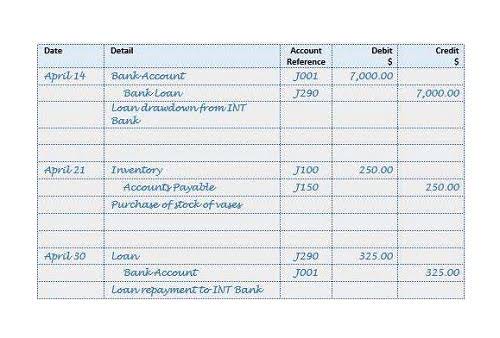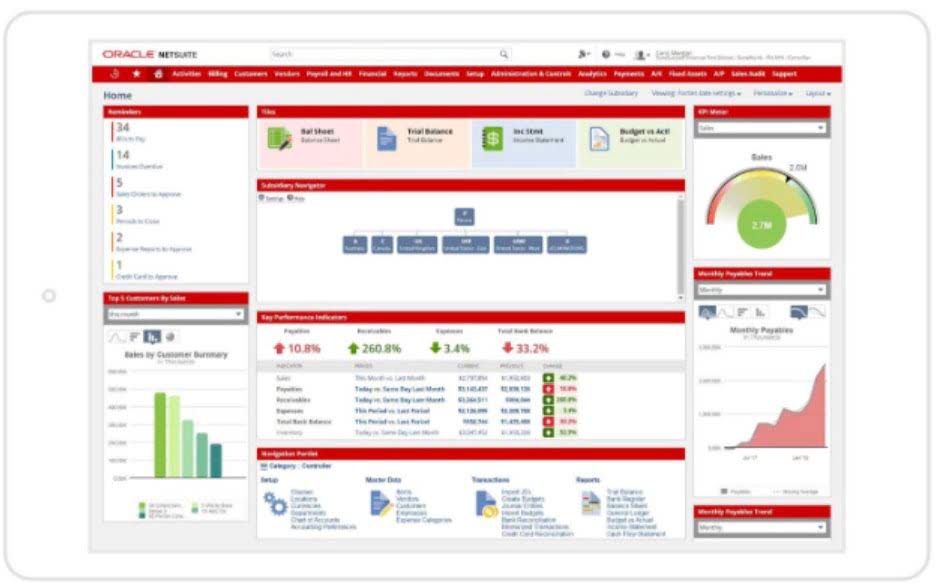
Unlike working capital, it uses different accounts in its calculation and reports the relationship as a percentage rather than a dollar amount. A company’s balance sheet contains all working capital components, though it may not need all the elements discussed below. For example, a service company that doesn’t carry inventory will simply not factor inventory into its working capital calculation. The net working https://www.bookstime.com/ capital (NWC) formula subtracts operating current assets by operating current liabilities. Working capital represents the difference between a firm’s current assets and current liabilities.
Resources
Businesses should at all times have access to enough capital to cover all their bills for a year. One common financial ratio used to measure working capital is the current ratio, a metric designed to provide a measure of a company’s liquidity risk. Given a positive working capital balance, the underlying company is implied to have enough current assets to offset the burden of meeting short-term liabilities coming due within twelve months. Working capital during this period is bound to change due to an increase or decrease in the current assets and current liabilities. In addition to handling day-to-day expenses, net working capital provides the financial resources needed to seize growth opportunities.

What Is the Statement of Changes in Working Capital?
- Income tax is payable on the income of the previous year during the assessment year.
- A positive change means you have more assets than liabilities, which can indicate good financial health.
- Just as individuals save money to make investments, businesses use their net working capital to invest in projects expected to generate more revenue.
- Analyzing the changes through financial statements and cash flow statements helps in making decisions on investment and expense management.
- Working capital tells you the level of assets your business has available to meet its short-term obligations at a given moment in time.
- If a business has significant capital reserves it may be able to scale its operations quite quickly, by investing in better equipment, for example.
Given that the change in NWC measures the difference between current assets and liabilities over time, this metric helps you understand your company’s efficiency. For example, when current assets like accounts receivable increase, NWC usually rises. On the other end of the spectrum, a rise in current liabilities (like accounts payable) results in a decrease. Keep trial balance in mind that a negative number is worse than a positive one, but it doesn’t necessarily mean that the company is going to go under. It’s just a sign that the short-term liquidity of the business isn’t that good. For example, a positive WC might not really mean much if the company can’t convert its inventory or receivables to cash in a short period of time.

Online Investments

Careful monitoring of working capital during an expansion also helps avoid cash flow problems and ensures the business can sustain the expected growth. During this time, proper inventory management is key to maintaining an optimal level of working capital; the business must balance having enough finished goods to meet demand and not overstock, which ties up cash. Ultimately, changes in net working capital impact a company’s cash flow and financial health, highlighting the importance of monitoring these fluctuations for effective financial management. The rationale for subtracting the current change in net working capital period NWC from the prior period NWC, instead of the other way around, is to understand the impact on free cash flow (FCF) in the given period. Another way to measure working capital is to look at the working capital ratio, which is current assets divided by current liabilities.
Understanding Working Capital
The Incremental Net Working Capital (NWC) measures the percent change in a company’s operating current assets and current liabilities relative to its change in revenue. As it so happens, most current assets and liabilities are related to operating activities (inventory, accounts receivable, accounts payable, accrued expenses, etc.). Net working capital changes reflect shifts in your company’s operating assets and liabilities that impact cash flow and investments.
- Positive working capital is when a company has more current assets than current liabilities, meaning that the company can fully cover its short-term liabilities as they come due in the next 12 months.
- Working capital is the amount of money that a company can quickly access to pay bills due within a year and to use for its day-to-day operations.
- Since the growth in operating liabilities is outpacing the growth in operating assets, we’d reasonably expect the change in NWC to be positive.
- They don’t include long-term or illiquid investments such as certain hedge funds, real estate, or collectibles.
- Third, the company can negotiate with vendors and suppliers for longer accounts payable payment terms.
